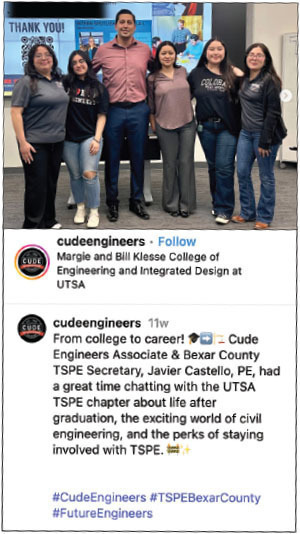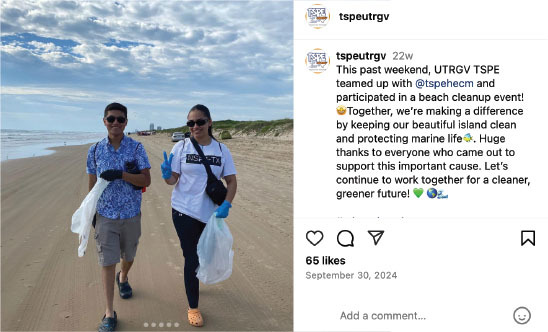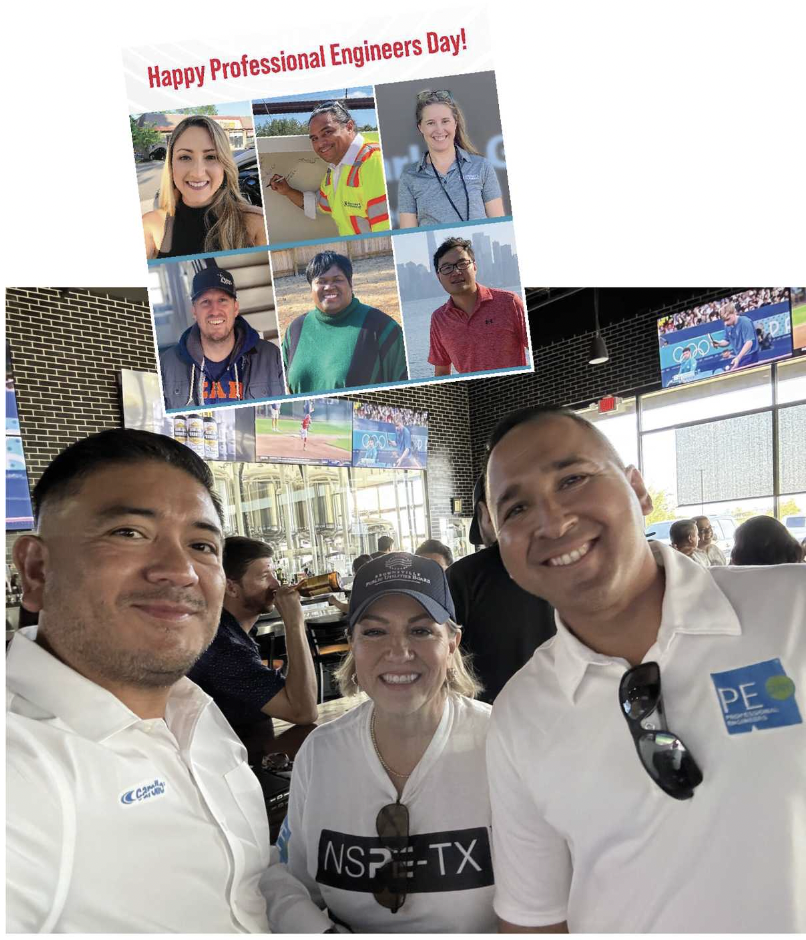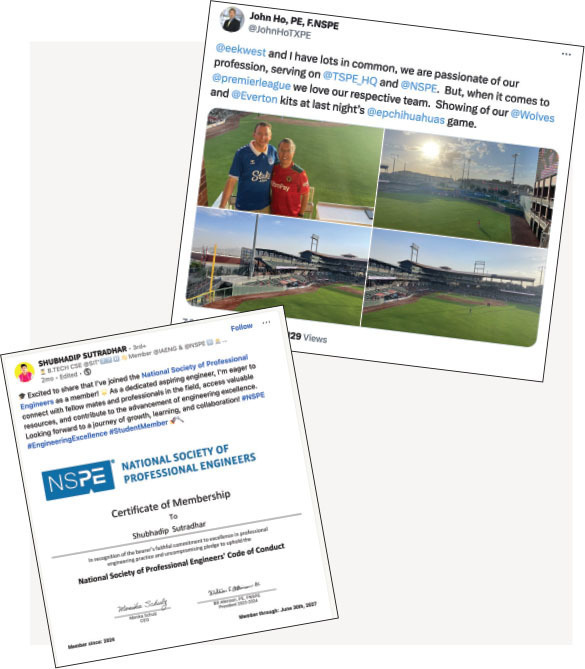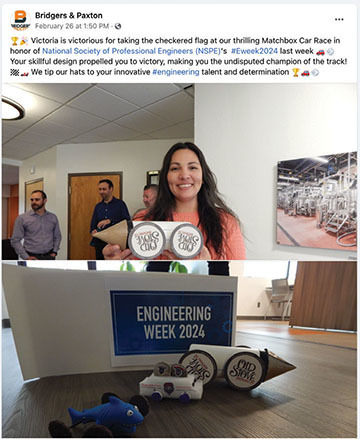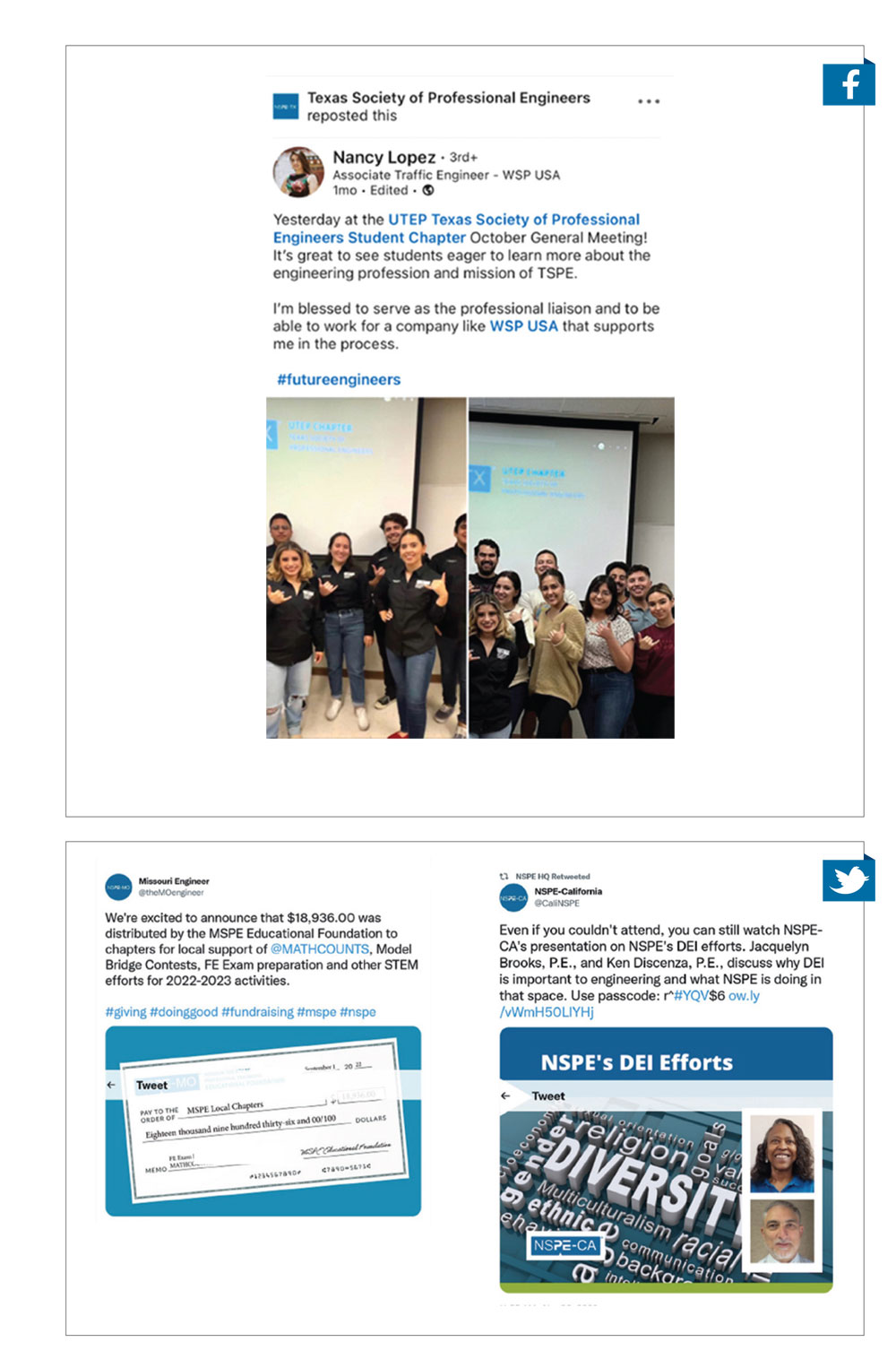January/February 2014
LETTERS
I Beg to Differ
In his letter (August/September, p.4), Keith Miller states, “the government will take a larger percentage of the wealth to support the bloated bureaucracy.” This is a very broad and unsubstantiated statement and is an attack on government employees. NSPE represents all licensed engineers who pay to be members and many are government employees. PE magazine, in representing government engineers, should not allow an attack on some members of the Society to go unanswered.
Louis G. Albano, P.E.
Brooklyn, NY
In my opinion, Keith Miller, in his critique of Carlos Bertha’s ethics article “The Moral Responsibility of Sustainable Development” (January/February 2013), clearly missed the point. Sustainable development is in everybody’s interest, and the challenges it poses will continue to make engineering an exciting profession.
Bertha writes that engineers should be cognizant of the social environment in which they work. Citing John Elkington, Bertha mentions social justice as one of three elements of sustainable development, the other two being economic prosperity and environmental quality. Nowhere in his article did Bertha state that social justice involves “taking from those that have to give to those who don’t because it makes us more equal.” That may be Miller’s opinion, but it cannot be based on a thoughtful reading of Bertha’s article.
During my 40 years of practice, I have witnessed increased attention to public participation and education in the planning and execution of public works projects. NSPE programs assisted in this effort. The goal was always to have a better understanding of the potential outcomes of our work and to achieve greater public acceptance and satisfaction with the project. Meeting these goals results in better projects and advances the respect and status of our profession.
Miller’s statement, “we don’t all deserve to be equal,” runs counter to well established standards of our democracy. His notion of American exceptionalism conflicts with the Engineers’ Creed, in which engineers pledge “to place service before profit, the honor and standing of the profession before personal advantage, and the public welfare above all other considerations” (emphasis added). Social justice is intrinsic to the public welfare. Why should it matter? Because in some way, everyone pays the bill for the quality of life produced by our projects, whether in taxes, consultant fees, air and water quality, road and bridge safety, or barren or attractive landscapes. Taking social justice into consideration is just another way of our affirming that we understand that.
George H. Tanner, P.E. (retired)
Loudonville, NY
Quantity-Based Selection
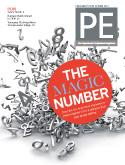 The October issue contained two articles on qualifications-based selection (“Top of the List,” p. 29, and “Why Qualifications Matter,” p. 35). I agree with the need for QBS of design services, but as the owner of a small firm, I am increasingly frustrated at how it is implemented.
The October issue contained two articles on qualifications-based selection (“Top of the List,” p. 29, and “Why Qualifications Matter,” p. 35). I agree with the need for QBS of design services, but as the owner of a small firm, I am increasingly frustrated at how it is implemented.
Too often my firm has not been selected because, in the words of one selection committee member, “the other firm had more resumes in their packet than you did.” It’s hard to have more resumes than the firm with 30+ offices nationwide. That firm can put in multiple resumes, regardless of how far away the person is from the specific project.
ASCE Policy Statement 304 outlines three steps for QBS, the first being: “The owner selects the professional engineer believed best qualified....” There need to be practical guidelines established for this process. Apparently, some owners in our area don’t know what they are looking at and are forced to count resumes. Most owners aren’t engineers or architects, so that is understandable.
Discussions about QBS should include more emphasis on approaches to evaluate each firm’s design staff that will actually be providing services. This would include specific past projects by those individuals, references, and so forth. There should be some consideration of a firm’s locality to a project. An engineer who is in an office 50 miles from the project is going to know more about local conditions, good or bad contractors, and so on, compared to an engineer who works 250 miles away.
There are smarter folks than I who can come up with practical guidelines for QBS. Until then, I will have to keep proposing on “low-bid” engineering projects. Or find some more resumes.
Chris Casteel, P.E.
Clarksville, TN


 Volunteering at NSPE is a great opportunity to grow your professional network and connect with other leaders in the field.
Volunteering at NSPE is a great opportunity to grow your professional network and connect with other leaders in the field. The National Society of Professional Engineers (NSPE) encourages you to explore the resources to cast your vote on election day:
The National Society of Professional Engineers (NSPE) encourages you to explore the resources to cast your vote on election day: